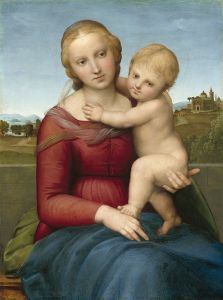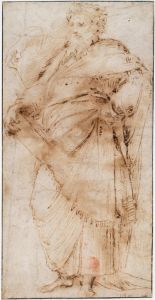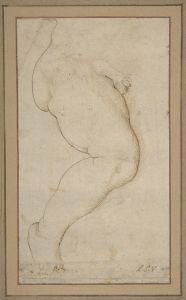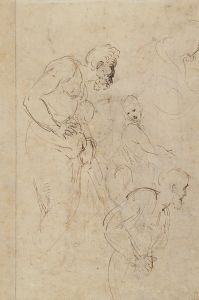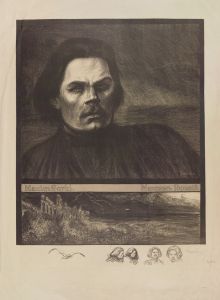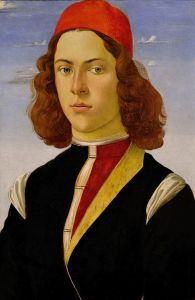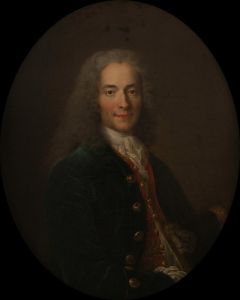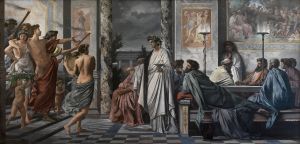
Self-portrait with a friend
A hand-painted replica of Raphael’s masterpiece Self-portrait with a friend, meticulously crafted by professional artists to capture the true essence of the original. Each piece is created with museum-quality canvas and rare mineral pigments, carefully painted by experienced artists with delicate brushstrokes and rich, layered colors to perfectly recreate the texture of the original artwork. Unlike machine-printed reproductions, this hand-painted version brings the painting to life, infused with the artist’s emotions and skill in every stroke. Whether for personal collection or home decoration, it instantly elevates the artistic atmosphere of any space.
"Self-portrait with a Friend" is a painting attributed to the Italian Renaissance artist Raphael, believed to have been created around 1518-1520. This artwork is an oil on canvas and is currently housed in the Louvre Museum in Paris, France. The painting is notable for its depiction of Raphael himself alongside an unidentified companion, showcasing the artist's skill in portraiture and his ability to capture the subtleties of human expression and interaction.
Raphael, born Raffaello Sanzio da Urbino in 1483, was one of the most prominent artists of the High Renaissance, renowned for his mastery of form, composition, and visual harmony. His works are celebrated for their clarity and ease of composition, as well as their visual achievement of the Neoplatonic ideal of human grandeur. Raphael's career was marked by numerous significant commissions, including frescoes in the Vatican and various portraits of notable figures of his time.
In "Self-portrait with a Friend," Raphael presents himself in a three-quarter view, engaging directly with the viewer. The identity of the friend remains unknown, as there is no definitive documentation or inscription to clarify who this individual might be. This has led to various interpretations and discussions among art historians, though no conclusive identification has been made. The companion is depicted with a gentle demeanor, and the interaction between the two figures suggests a sense of camaraderie and mutual respect.
The painting is characterized by its refined use of color and light, typical of Raphael's mature style. The figures are set against a dark background, which enhances the luminosity of their faces and the richness of their garments. Raphael's attention to detail is evident in the delicate rendering of textures, such as the fabric of their clothing and the subtle play of light across their features.
"Self-portrait with a Friend" exemplifies Raphael's ability to convey psychological depth and the nuances of personal relationships through portraiture. The composition is balanced and harmonious, reflecting the artist's deep understanding of proportion and perspective. The painting also highlights Raphael's interest in exploring the human condition, a theme that permeates much of his work.
The artwork remains an important piece within Raphael's oeuvre, offering insight into his artistic development during the later years of his life. It also provides a glimpse into the social and cultural milieu of the Renaissance, where artists often depicted themselves in the company of friends or patrons, reflecting their status and connections within society.
Overall, "Self-portrait with a Friend" is a testament to Raphael's enduring legacy as a master of portraiture and a pivotal figure in the history of Western art. The painting continues to be studied and admired for its technical excellence and its ability to capture the essence of human interaction.





